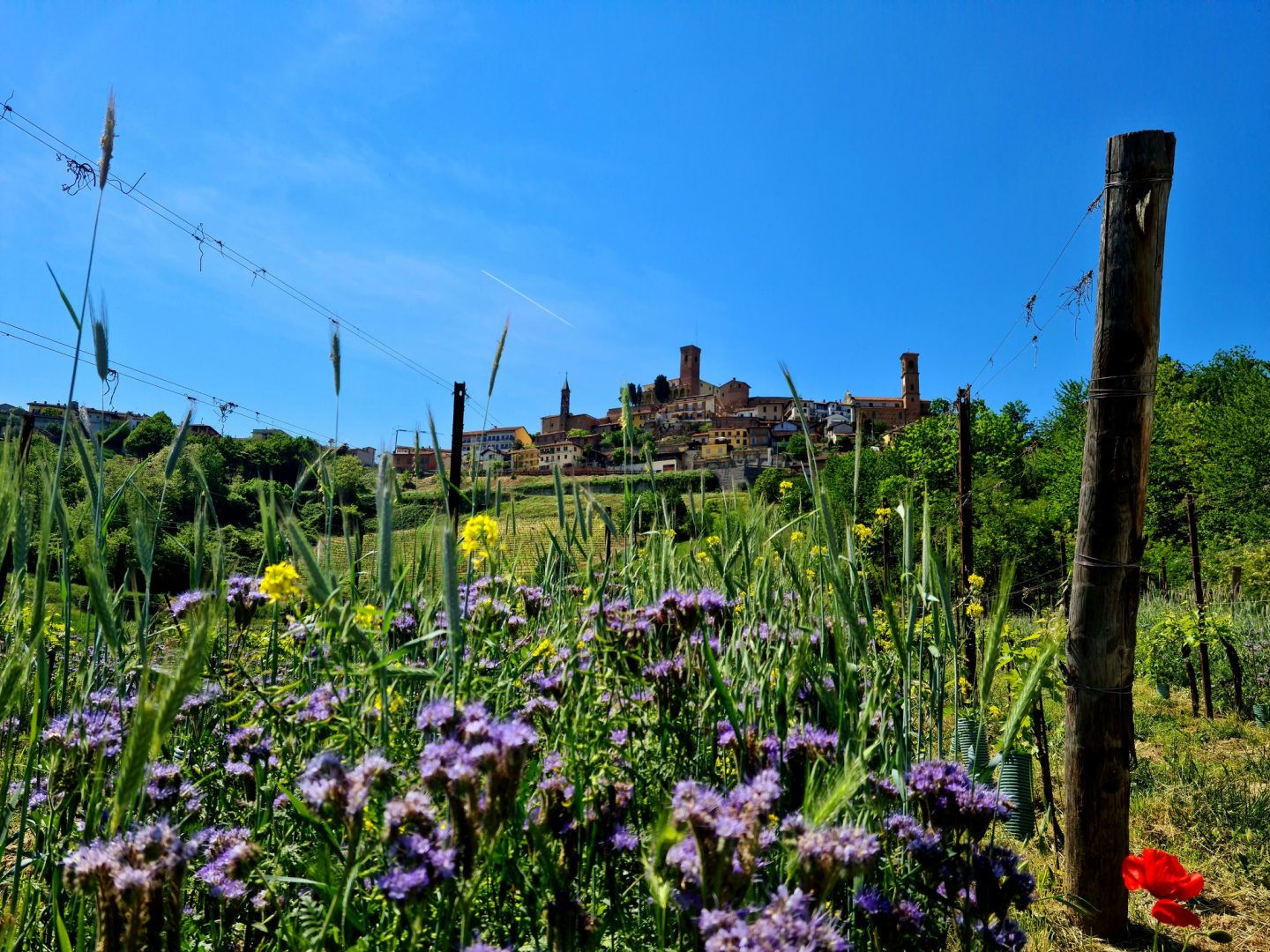Wandering in Langa
What Is the Most Beautiful Village in the Langhe? Discover our Selection!


The Langhe, are world-renowned for the beautiful hills of Piedmont, their natural beauty and delicious local cuisine.
But among the many attractions, this area offers are its quaint villages, each of which is the custodian of a unique history and tradition.
A rustic little square, a festive day; the panorama of the Langhe.
It is one of the landscapes that best tell the character of the inhabitants.
Guido Piovene
But what is the most beautiful village in the Langhe? In fact, there is no single “winning” village in the Langhe; it depends a lot on what you are looking for.
We made a ranking by particular categories, and here are the ones that stood out in our opinion!
If you are looking for a scenic village, your best choice might be Mombarcaro: a small town that sits on a hill 620 meters above sea level, from which you can enjoy spectacular views of the Langhe and the Alps.
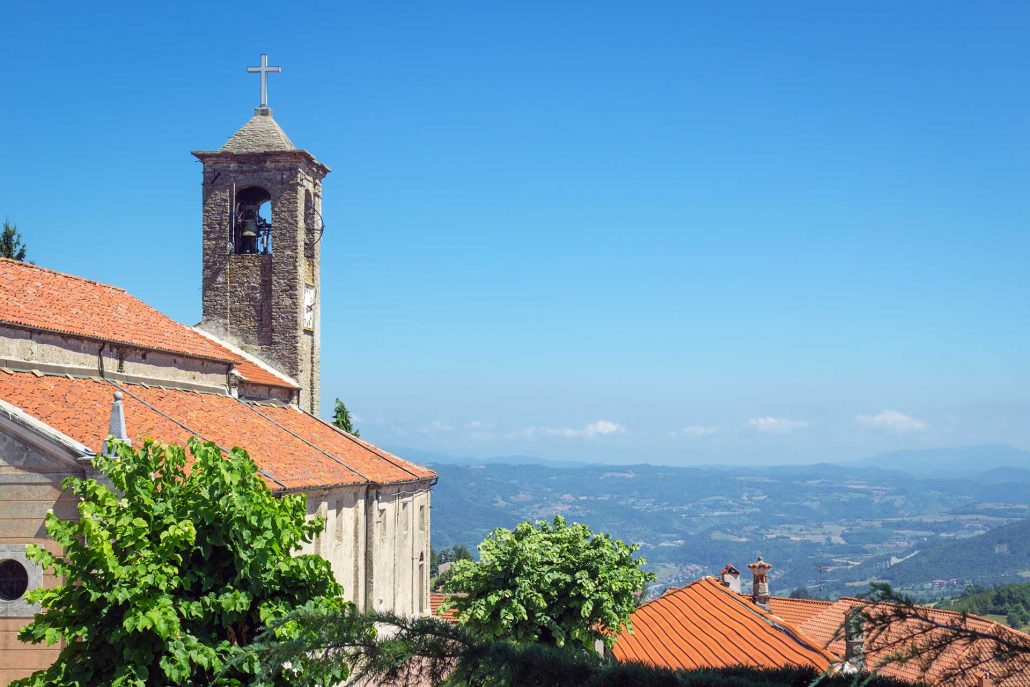
Its peculiar name comes from the Latin “Mons”, mountain, and “barcari”, boat: from the top of the hills of the highest town in the Langhe, in fact, a breathtaking view can be seen that even reaches as far as the Ligurian Sea and its boats.
An unmissable spectacle surrounded by the tranquility of nature.
For those looking for a “quaint” village, the most appropriate choice might be Neive: a village of medieval origin developed on two levels–an older and a more modern one–and surrounded by walls and towers from the Renaissance period.
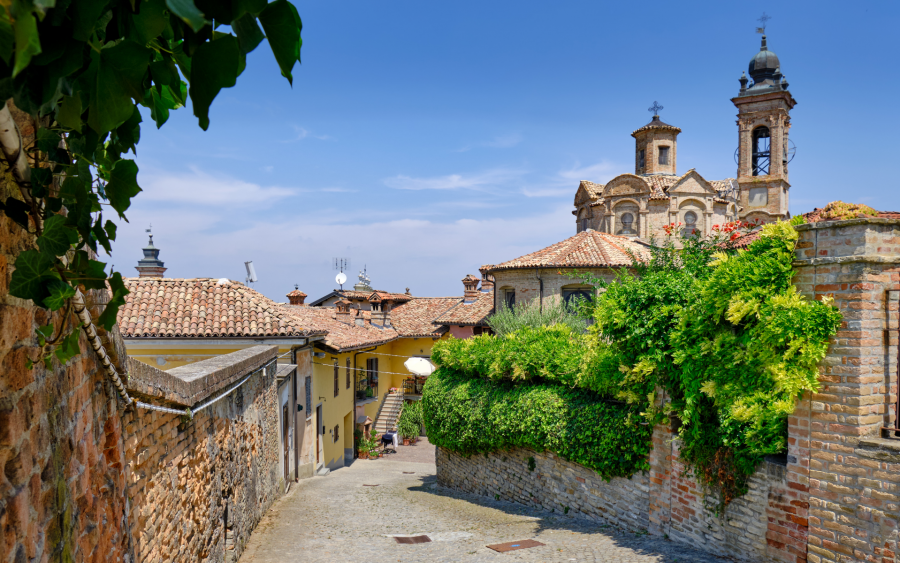
Voted “Italy’s most beautiful village” thanks to its wonderful belvedere and enviable location from which one of the most important wine districts, Barbaresco, can be admired.
The setting is completed by narrow stone streets and historic palaces such as the Conti Bongioanni Cocito mansion from around 1750 or the chapel of San Rocco, which already existed in the 15th century.
If one is looking for a definition of “uniqueness,” one cannot help but think of Neive.
For lovers of good wine and food, on the other hand, the best choice might be Monforte d’Alba, a village of medieval origin that lies between the hills of Barolo and Barbaresco.
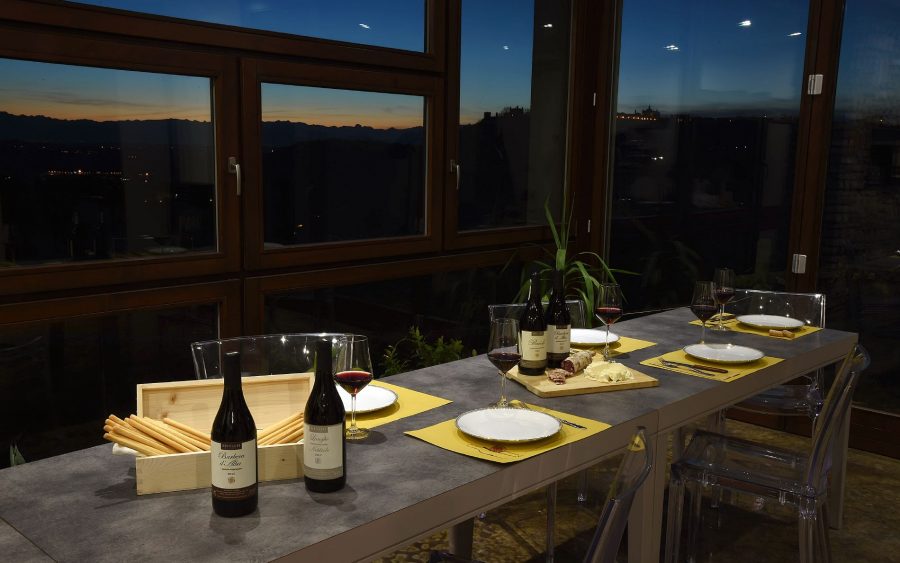
The village, the main core of which radiates from the historic bell tower dipping into the Saracca district, the oldest in Monforte.
From here unfold enchanting places where you can enjoy delicacies: wine first and foremost, being the land of Barolo (but not only), and the typical products of the area, from white truffles to raw meat, from tajarin to bagna cauda.
Why not try them all?
Bergolo, the “stone town” has decided to rebel against demographic decline and become a place of experimentation for new forms of tourism and sustainable development.
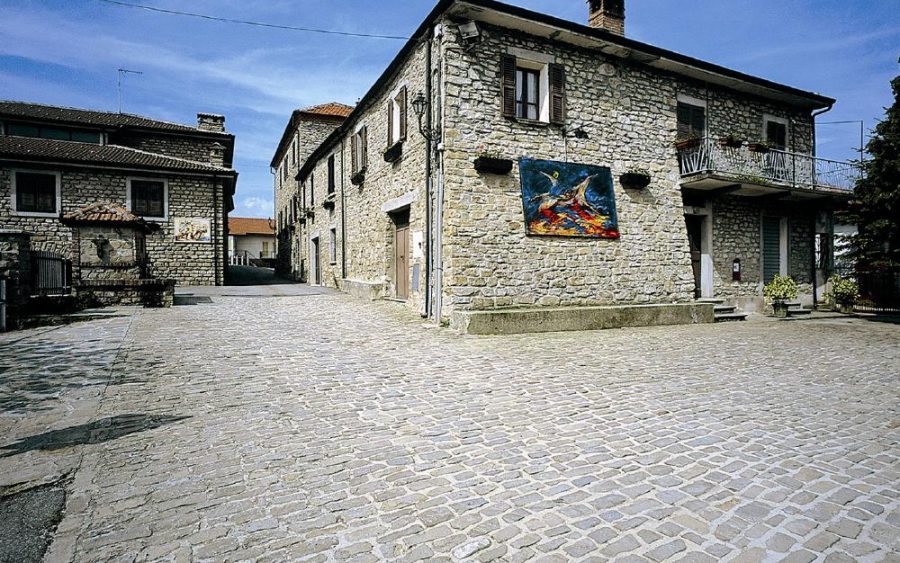
In fact despite being the smallest municipality in the Langhe, is a village that has been able to conscientiously exploit the beauty of the area and to offer tourists cutting-edge recreational experiences, becoming “Orange Flag” (a famous award established by Touring Club Italiano for countries that have distinguished themselves in offering tourism and hospitality).
In addition, thanks to its murals and installations, it is a true open-air art gallery to be admired.
If one imagines the village most beloved by tourists, including foreign ones, then the choice that stands out might be Barolo, a jewel set among the hills that has given its name to one of the world’s most famous wines.
But why should it be considered an essential destination for visitors?
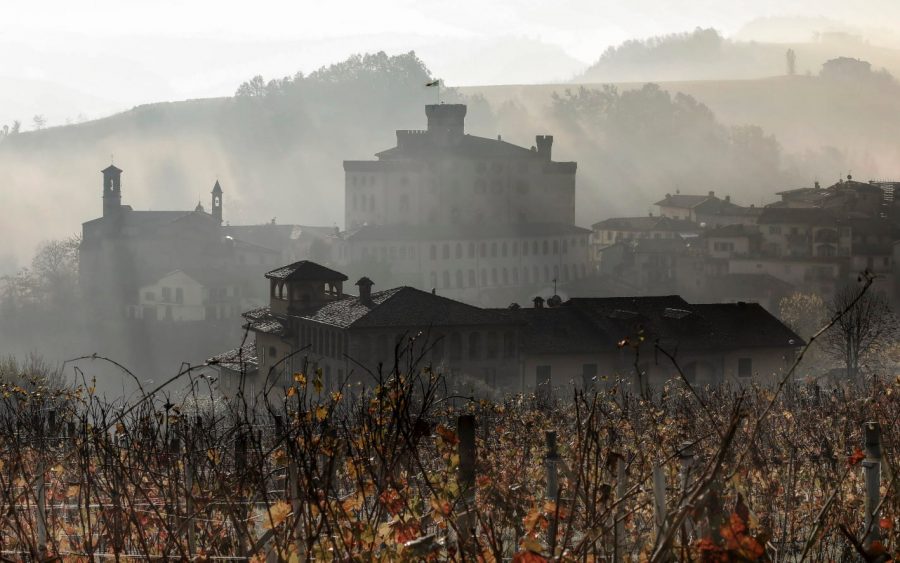
One of the reasons is the presence of the WiMU Wine Museum-inside the beautiful Municipal Castle-one of the most important dedicated to the subject, detailing each historical and practical stage in the winery in an emotional way.
The village owes its exceptional fame even beyond the borders to the foresight of Marchesa Juliette Colbert, the first to experiment with the method of making Barolo wine as we still know it today.
The hills surrounding the hamlet are a wonder to behold.
If you want to discover a village rich in vineyards and woods, less well known but equally fascinating, the best choice might be Cisterna d’Asti, in the Roero: a town of Roman origins that boasts a beautiful historic center surrounded by walls and dominated by a castle inside which is preserved the ancient “cistern” that gives rise to the town’s name.

Noteworthy is the Museum of Arts and Crafts-founded in 1980 and housed in the halls of the Castle-the most important ethnographic museum in Piedmont, which has made it possible to keep alive the historical memory of ancient works and restore value and nobility to every object preserved there.
In short, each of the Langhe villages has its own beauty and peculiarities that make them extraordinary and stunning. So if you have a chance to visit these areas, do not miss the opportunity to discover these beautiful villages and be captivated by their magic.
